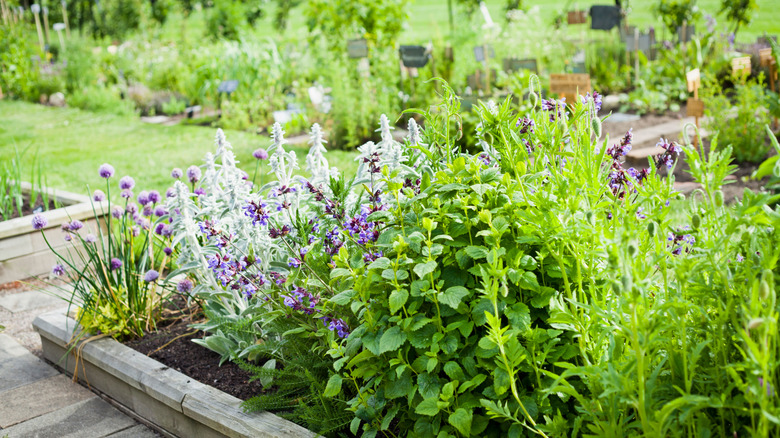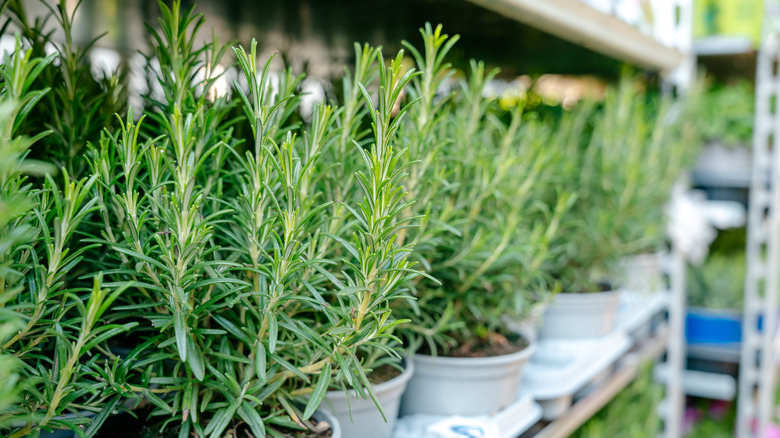Lavender Vs Rosemary: Which Easy-To-Grow Herb Is Best For Your Garden?
Gardeners are always on the lookout for easy-to-grow herbs that blend beauty with utility. Lavender and rosemary usually rise to the top in this search. These both have what it takes to transform a corner of your yard into a fragrant heaven while at the same time adding a burst of flavor to your meals. Furthermore, having these herbs in your house will keep the pests away. But how should you decide between rosemary (Rosmarinus officinalis L.) and lavender (Lavendula spp.), and which of these herbs is actually best for your garden?
Well, both lavender and rosemary have their own preferred growing conditions where they truly thrive. For instance, lavender is native to the Mediterranean region, and it needs full sun, good drainage and prefers hot, dry conditions. In contrast, rosemary does best in cooler temperatures. Surprisingly though, it is only winter hardy up to about 14 to 23 degrees Fahrenheit, while lavender can easily take winter lows of about negative 20 degrees Fahrenheit.
Hardiness zones and soil requirements
Lavender is suitable for the climates of USDA Hardiness zones 5 through 10. So, if you live in Colorado, Oregon, Washington, or New York, lavender will feel right at home in your herb garden. In comparison, rosemary is considered to be only hardy in USDA Hardiness zones 7 to 10. So, if you are in California, Texas, Florida, or Georgia, rosemary is likely the better option. Another important consideration to make when making the choice between rosemary and lavender is to look at the soil pH of your garden.
Rosemary grows best in slightly acidic or neutral soil, with a pH level of around 6.0 to 7.0, whereas lavender can tolerate a wider range from 6.0 to 8.0 and above. However, this is something you can easily address. Just measure the pH of your soil using a simple soil pH test kit. Then, add lime if the soil is too acidic or sulfur if it is too alkaline.
Growth habits, maintenance, and use
Lavender and rosemary grow in very different ways. Therefore, depending on what you intend to do with your garden, the best choice for you will vary. For instance, lavender grows as a low, compact shrub, and only manages to reach a height of 1 to 2 feet. Rosemary, though also a shrub, is much larger — typically 4 to 5 feet tall but stays upright. Maintenance requirements vary between rosemary and lavender as well.
Take pruning, for example. Lavender performs best when it is pruned once during the period of new growth or as flowers fade. In contrast, you can cut rosemary as much as needed throughout the growing season. Nevertheless, for both, wait until spring before pruning and only cut off dead parts, and don't cut the old woody stems.
Finally, consider their uses in your landscape. Lavender is often used in garden borders and mass plantings because of its vibrant summer blooms and ability to attract pollinators. Rosemary, on the other hand, is often commonly used as either a formal or informal hedge or a container plant.


